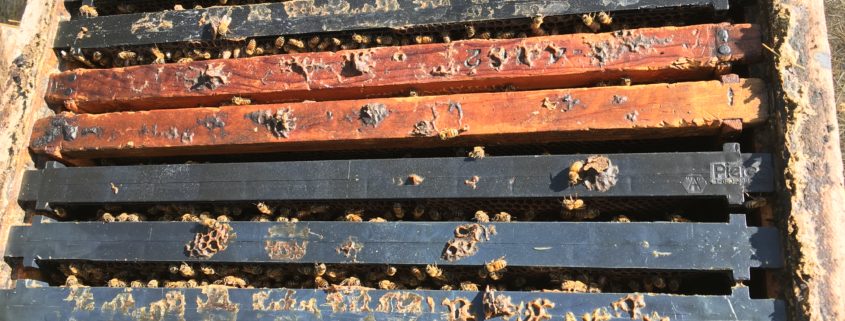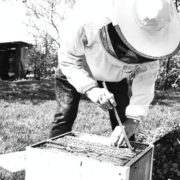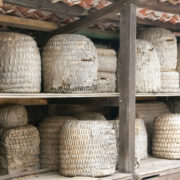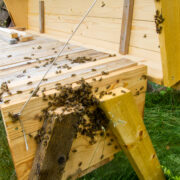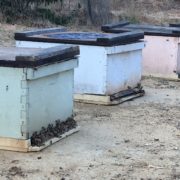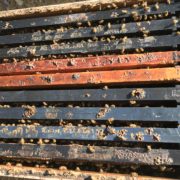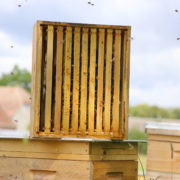Wood vs. Plastic Frames
Beekeepers have been using wooden frames in their hives for over a hundred years. Yet, while some beekeepers still remain loyal to wood, many have migrated to plastic. Nowadays, the majority of commercial beekeepers, as well as many smaller-scale beekeepers, choose to use one-piece molded plastic frames instead of wooden frames.
When it comes to durability and general ease of use, not only are plastic frames more lightweight than wood, making them easier to move when full of honey, but they’re also more efficient and cost-effective since they come fully assembled and ready to use. Plastic frames typically outlive wooden frames by a long shot. Plastic frames have an additional advantage in that they generally can’t be destroyed by pests and parasites. Pests such as wax moths can’t burrow through or eat through solid plastic as they can with wood and wax.
Plastic frames are available in both white and black. Black frames are fantastic for brood chambers since they make it much easier to identify eggs in the hive. At Wildflower Meadows, we appreciate how a black background makes it easier to spot the right-aged larvae when grafting and raising queens.
With that being said, there are still plenty of advantages to using wooden beehive frames. Sustainably sourced wood frames are both eco-friendly and bee-friendly, allowing bees to adapt to new frames quickly and easily. Plus, if you’re a handy beekeeper, wooden frames are easily repaired if they do eventually break. For beekeepers who prefer using a traditional old-school pure beeswax foundation, wood is really the only choice that will accommodate a traditional beeswax foundation.
Whereas wooden beehive frames stand up well against the forces of the extraction process, plastic frames can sometimes warp or bend after being put through extraction. This can make plastic frames a little difficult to work with when extracting subsequent batches of honey. Wood frames, on the other hand, are unlikely to warp.

